“The essence of all things is the earth. The essence of the earth is water. The essence of water is plants. The essence of plants is man.”
— Chandogya Upanishad 1.1.2
If you have familiarized yourself a little with Ayurveda, you have certainly already read about the three Doshas Vata, Pitta and Kapha, the basic factors for all recommendations on lifestyle, diet, and daily routine.
The individual constitution we are born with is the foundation for the rest of our life. This basic state is called Prakriti (‘nature’) and can consist of only one Dosha, although that is rare. It is much more common to have a mix of several Doshas, such as we see in people with a Vata-Pitta constitution. Thus, various combinations and variations occur, which can be determined from physical and mental characteristics, as well as through the pulse diagnosis.
Besides Prakriti, which is the natural state, Ayurveda distinguishes Vikriti – the divergent state. This divergence occurs when the body is not in balance and disturbances arise – and if these aren’t remedied, illnesses develop over time. The Ayurvedic art of healing aims at compensating imbalances and restoring the body back to Prakriti.
The three Doshas in the plant world
Vata consists of the elements ether and air and has cold, rough, mobile and dry characteristics. People with a Vata-predominant constitution are usually very slender and delicate. The body will tend to dryness, which can be apparent in the skin, in cracking joints, and also in a sluggish bowel. The mental state is often dominated by activity, creativity and alertness.
Applying the same criteria to plant life, Vata plants tend to have few leaves, rather rough bark, gnarled growth, and little sap. Two examples are ribwort and valerian.
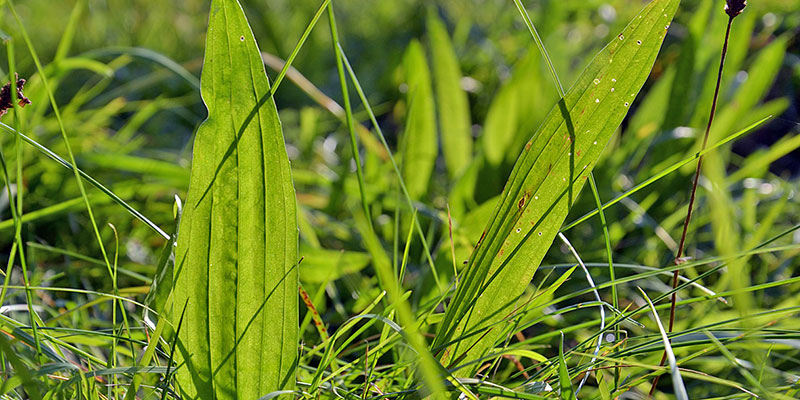
Pitta arises from the elements of fire and water and is characterized by sharpness, warmth, and clarity. People with a lot of Pitta Dosha in their constitution have a relatively muscular physique, a skin complexion that is more prone to redness, a healthy appetite and keen perception. The hair tends to be silky, fair or reddish.
Likewise, Pitta plants often show bright or red colors in their flowers and other parts, and have more sap, often stinging or poisonous. Typical plants here would be the nettle and the dandelion.
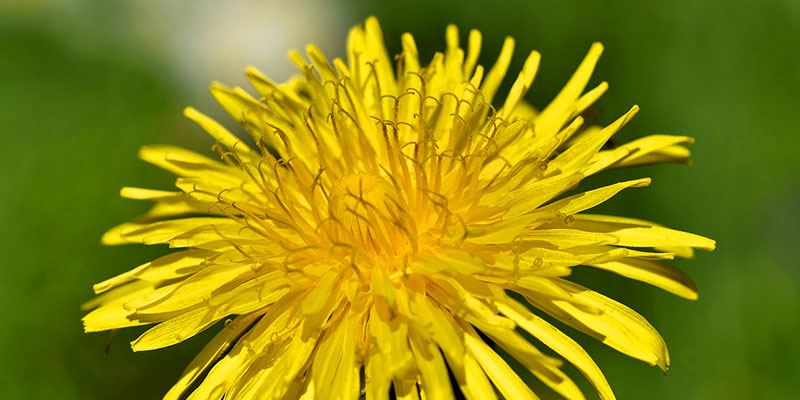
Kapha is composed of the elements of water and earth and thus has a compact structure, tends to be cool, viscous and immobile. Constitution types with predominant Kapha Dosha often have a stable physique, with tendons, veins and joints barely showing. The skin is rather fair, the hair strong and the eyes large and well-shaped. When balanced mentally, peaceful and loving qualities prevail.
These qualities of fullness are also found in Kapha plants, which are characterized by lush growth, dense leaves, and high water content, as e.g. borage or basil.
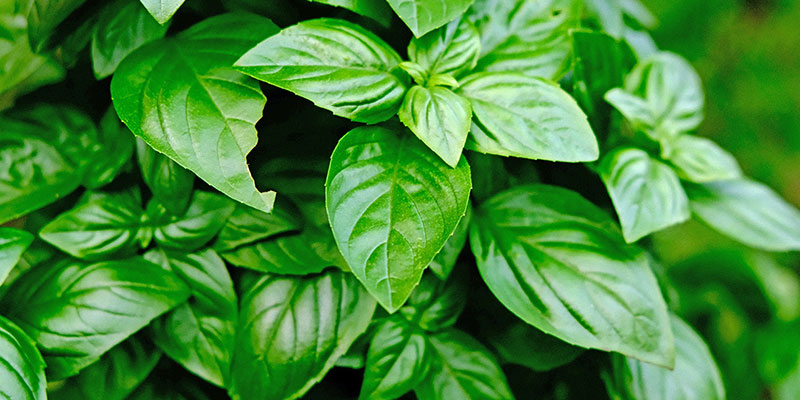
Fire – Agni – with reference to plants
Agni, the digestive fire, is one of the central themes in Ayurveda, as it is crucial for our physiological health.
Agni represents the transformational forces of metabolism and also the creative fire within us. This fire ensures that we can break down food and distribute it to all the tissues. When Agni is weak, digestion is sluggish and metabolic residues (Ama) build up, which can lead to disease.
Agni is not just found in humans: it is omnipresent in all of nature. E.g. the Agni of plants is photosynthesis, which creates life from light. Medicinal plants can transfer their digestive power to us through their Agni, which strengthens our own Agni, so we can better tolerate food that is otherwise hard to digest. This is why, for example, nature produces plants with many bitter substances in spring, such as dandelion, nettle, or milk thistle.
Especially after a long winter, which often results in an excess of Kapha Dosha and increased susceptibility to infections, it is precisely these bitter substances that help drive the heaviness out of the body.
Unfortunately, over the past decades, bitter substances have been systematically bred out of crops because they have an appetite-suppressing effect and make us consume less. As a result, many people are no longer used to bitter food items and find it difficult to deal with the intense taste. Yet those bitter constituents have an extremely cleansing effect and are helpful for the production of sufficient digestive juices.
Other Agni-strengthening ingredients are ginger and pepper. In Ayurveda, their heating properties are employed for stimulating the digestive fire, for example in the form of Trikatu Churna, a blend of ground black pepper, long pepper, and dried ginger. Mixed with a little honey, this is taken before meals to increase one’s Agni.
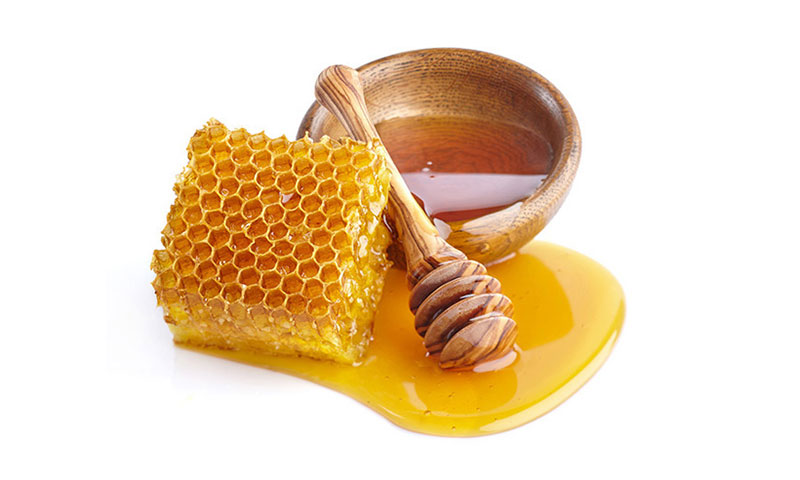
Making use of native plants in Ayurveda
A popular herb in western kitchens and gardens is basil, which has pungent and heating qualities and reduces both Kapha and Vata Dosha. Excessive use can increase Pitta Dosha.
There are many varieties of basil, e.g. an Indian cousin, called holy basil or Tulsi, is used by Ayurveda for its Sattvic (pure, joyous) properties. In the following, we will be talking about ‘sweet basil’, the variety most common in our kitchens.
Basil removes excess Kapha from the respiratory tract and strengthens the nervous system by calming Vata Dosha. It has diuretic and antipyretic properties and is therefore often used to address colds, flu-like infections and lung problems. It can also help in case of stomach problems or inflammation of the gums.
One more thing about Tulsi: Indian Tulsi is well-known for its stress-relieving properties and is often enjoyed as a tea for improving one’s memory. For this purpose, 200ml of boiling water is poured over 1 teaspoon of Tulsi herb and left to infuse for 6–10 minutes.
The raspberry is another common plant, which is in fact an effective anti-Pitta herb, with a particularly balancing effect on the female abdomen. As a rule, the raspberry leaves are used, which have an anti-inflammatory and restorative effect on mucous membranes and a tonic effect on the pelvic floor muscles. Due to their astringent component, they are equally good for heartburn, nausea and diarrhea, especially in children.
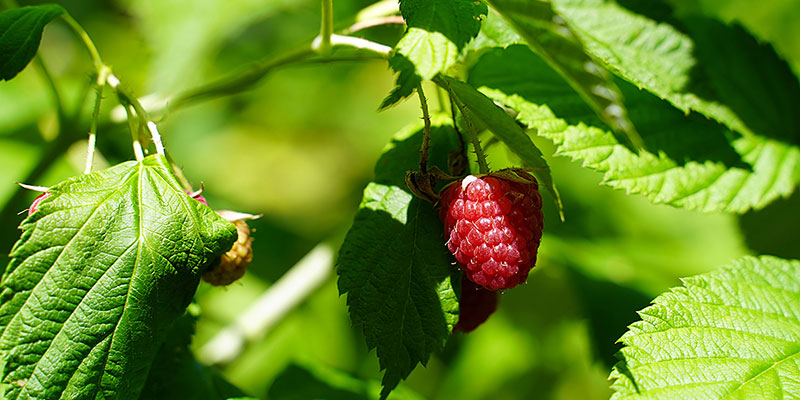
For menstrual cramps, raspberry leaves mixed with rose and hibiscus flowers as a tea can be a real blessing.
As you see, it may be worthwhile to harvest not only the sweet raspberry fruits, but also the leaves, and either use them fresh or dry them for later use.
Another herb that is both common and cherished is chamomile – mostly German chamomile (Matricaria chamomilla) but also Roman/English chamomile (Chamaemelum nobile). Chamomile has a cooling effect and is bitter, but it does have pungent components, which help balance Kapha and Pitta Dosha.
Its therapeutic properties are widely known and it can be used as a tea or as a plant extract. Especially in cases of excess Pitta Dosha, e.g. Pitta-related digestive disorders, headaches or inflammations, chamomile tea is commonly used, also in western cultures. Chamomile has a deflating, soothing and pain-relieving effect. However, too much of it can increase Vata Dosha. Add a little fresh ginger to the chamomile infusion and you get a balancing drink that benefits all three Doshas.
Thus we see how not just we humans, but also the plant world and everything around us is an integral part of this all-encompassing Ayurvedic perspective, always based on the five elements and thus the three Doshas.
Perhaps you will now walk through your garden with a new outlook, as you recognize some of the described qualities in your plants – joyful discoveries!
The team of the Maharishi Ayurveda Health Centre Bad Ems wishes you a wonderful beginning of spring.
Download the article as a PDF file
© Maharishi Ayurveda Health Centre Bad Ems

I have COVID can you recommend anything to cure it?
Dear Ms. Lord
according to German law, we are unfortunately not allowed to answer such specific questions in writing.
However, you can make a telephone appointment with one of our doctors, who will then be able to give you the information you require.
With kind regards
Dr. Karina Pirc